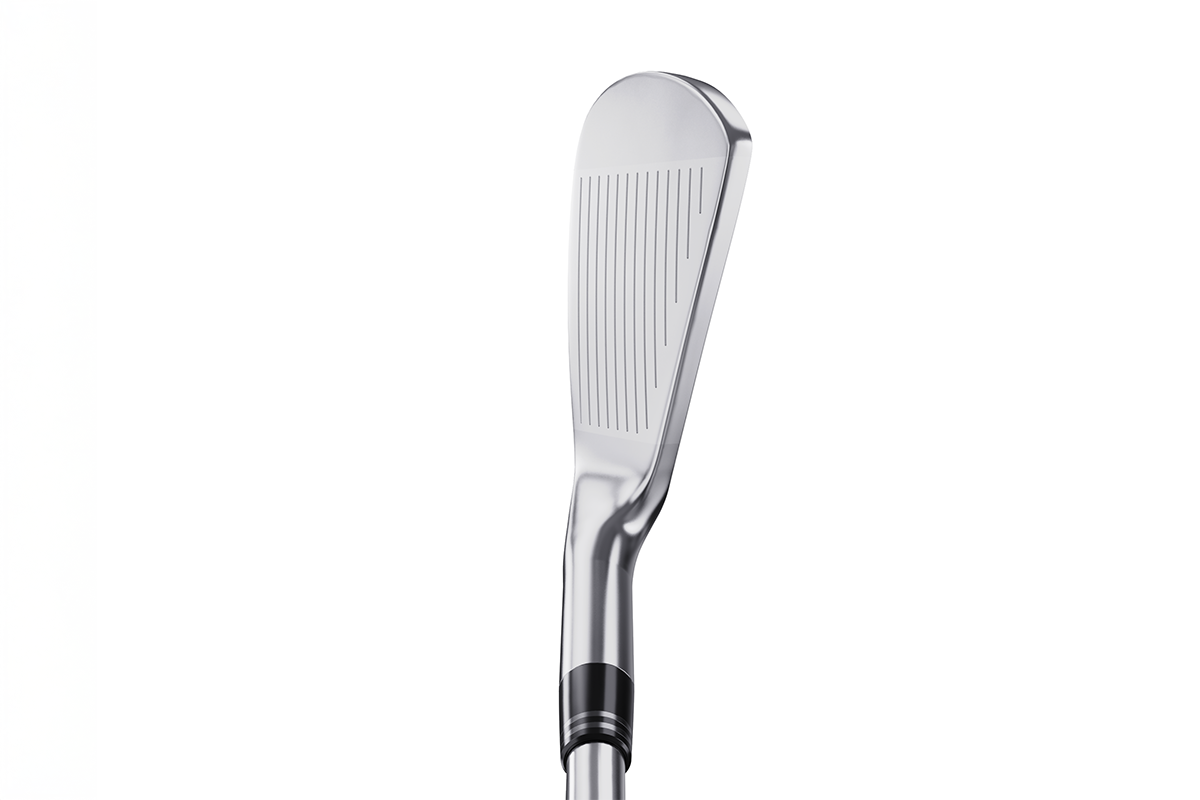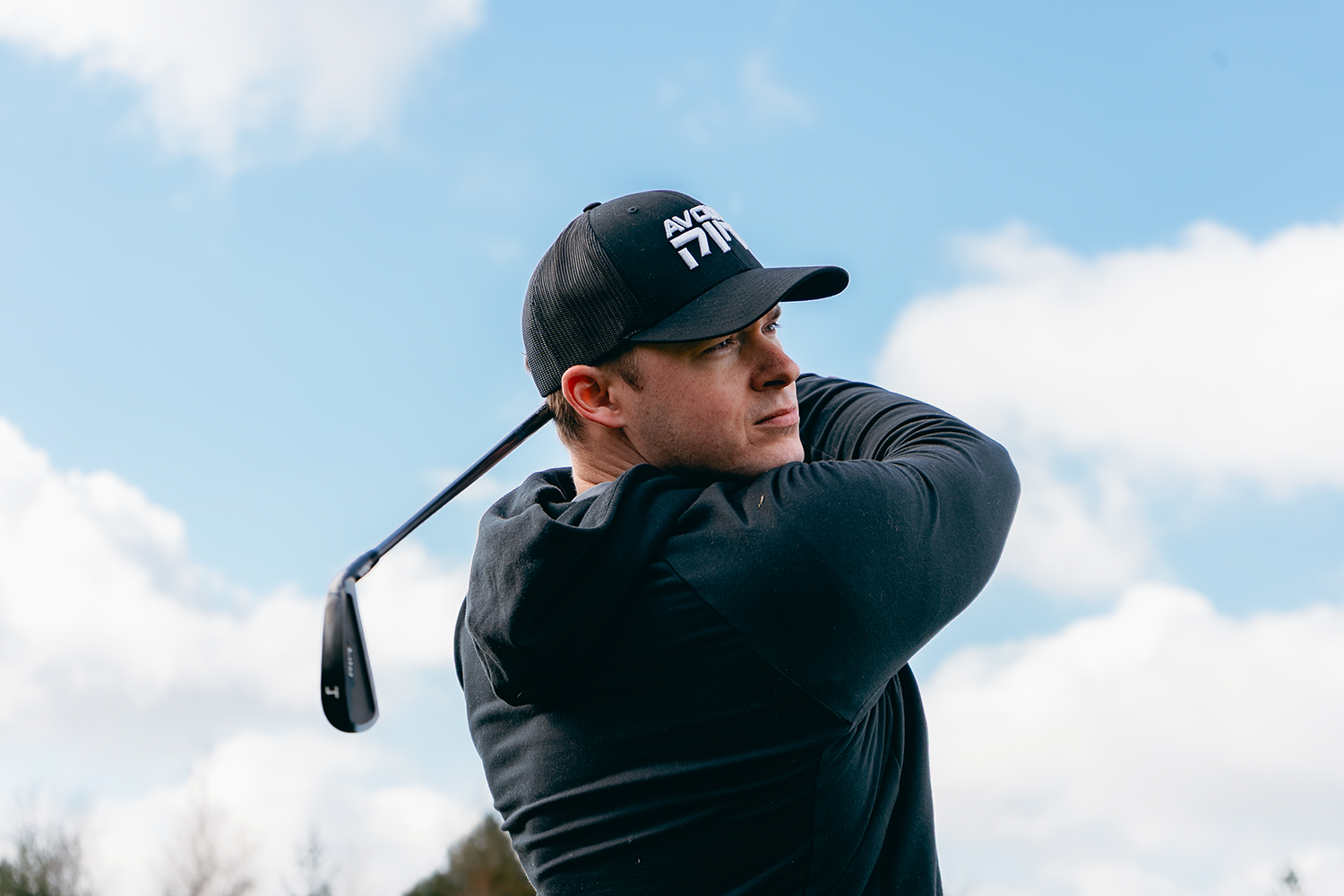In late 2023, on a quiet driving range with Bryson DeChambeau and his longtime coach Mike Schy, we stumbled on something that would redefine iron design forever.
We were testing prototype gear for Bryson—raw forgings, custom setups, always in pursuit of marginal gains. Mike turned to me and said, “We should try putting a little face curvature into one of these.” Not just for mishits on the toe or heel, but for tightening dispersion on shots missed by fractions of an inch.
So Mike walked into the academy, turned on the bench grinder, and hand-ground a subtle curvature into the face of a raw iron. Bryson hit one shot and turned back to us:
“This is the future. I’d play this right now.”
From Prototype to Proven
We made him a full set.

That set was so uniquely tailored to Bryson’s game that it wouldn’t make sense for most players. But the concept—the core innovation—was too good to keep private. So we refined it, tested it across player types, and developed a version that could apply to golfers across a range of swing speeds and skill levels.
That’s how our Origin Series bulge-face irons were born.
What Is Face Curvature—and Why Does It Matter?
Traditional irons have a flat face. But even the best players don’t hit the center of the face every time. And when they miss—by less than a quarter inch—it can mean the difference between a shot that finishes at 3 feet and one that ends up 30 feet away.
Curved face (or “bulge face”) irons work like the face of a driver. They reduce the side spin created on off-center hits, especially in the heel and toe, which means:
- A heel strike that would normally hang out to the right… now holds its line.
- A toe shot that would dive left… now stays on line.
- Your left-to-right dispersion tightens massively—even if you’re only missing by fractions of an inch.
Progressive Curvature Where It Counts
We didn’t just copy driver face bulge onto irons. We engineered it specifically for iron play. The curvature is progressive—more curvature in the long irons where ball speed is higher and loft is lower, and less in the scoring clubs where precision rules.
• The 4 iron has the most curvature—where dispersion is hardest to control.
• Pitching wedge has the least—where accuracy is already maximized by loft.
This blend gives you forgiveness where you need it, and precision where you demand it.
Who Is It For?
Let’s break it down by swing speed with a 7-iron:
- 95+ MPH: This is non-negotiable. If you’re swinging at tour-level speeds or close to it, and you’re not using curved face irons, you’re leaving strokes on the course. Period.
- 85–95 MPH: This is a huge segment of golfers—high-level amateurs, competitive mid-handicappers. For you, curved face irons offer noticeable gains on off-center hits. Your dispersion will tighten, and you’ll see more shots start and stay on target.
- Below 85 MPH: You’ll still benefit—especially in the long irons—but we recommend testing. If you’re in this range, try one of our curved-face 4-irons at an Avoda Precision Fit Certified fitting location and experience it firsthand.
This Isn’t Just a Technology Story. It’s a Performance Revolution.
The best players in the world are chasing down hundredths of a degree in launch, a few hundred RPM of spin, or a single yard of dispersion. Curved face irons give you measurable gains—not just on your worst shots, but on the ones you barely missed.
We all think we make perfect swings—but even the best miss by just a hair. Curved face irons help those almost perfect shots land like they were struck dead center.
If you’re serious about getting better, this isn’t optional anymore.
Welcome to the future of iron design. The face is curved. The results are straight.


